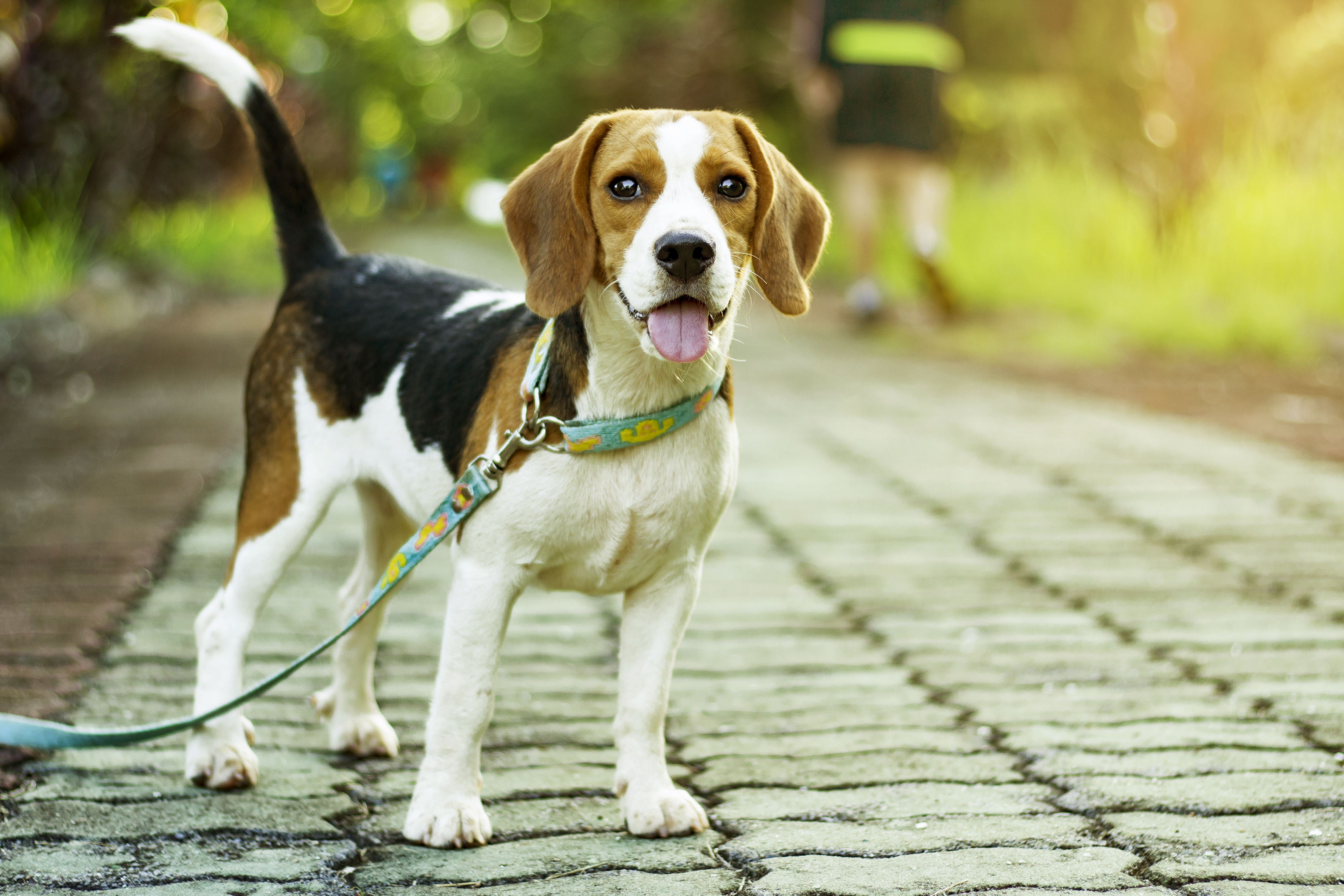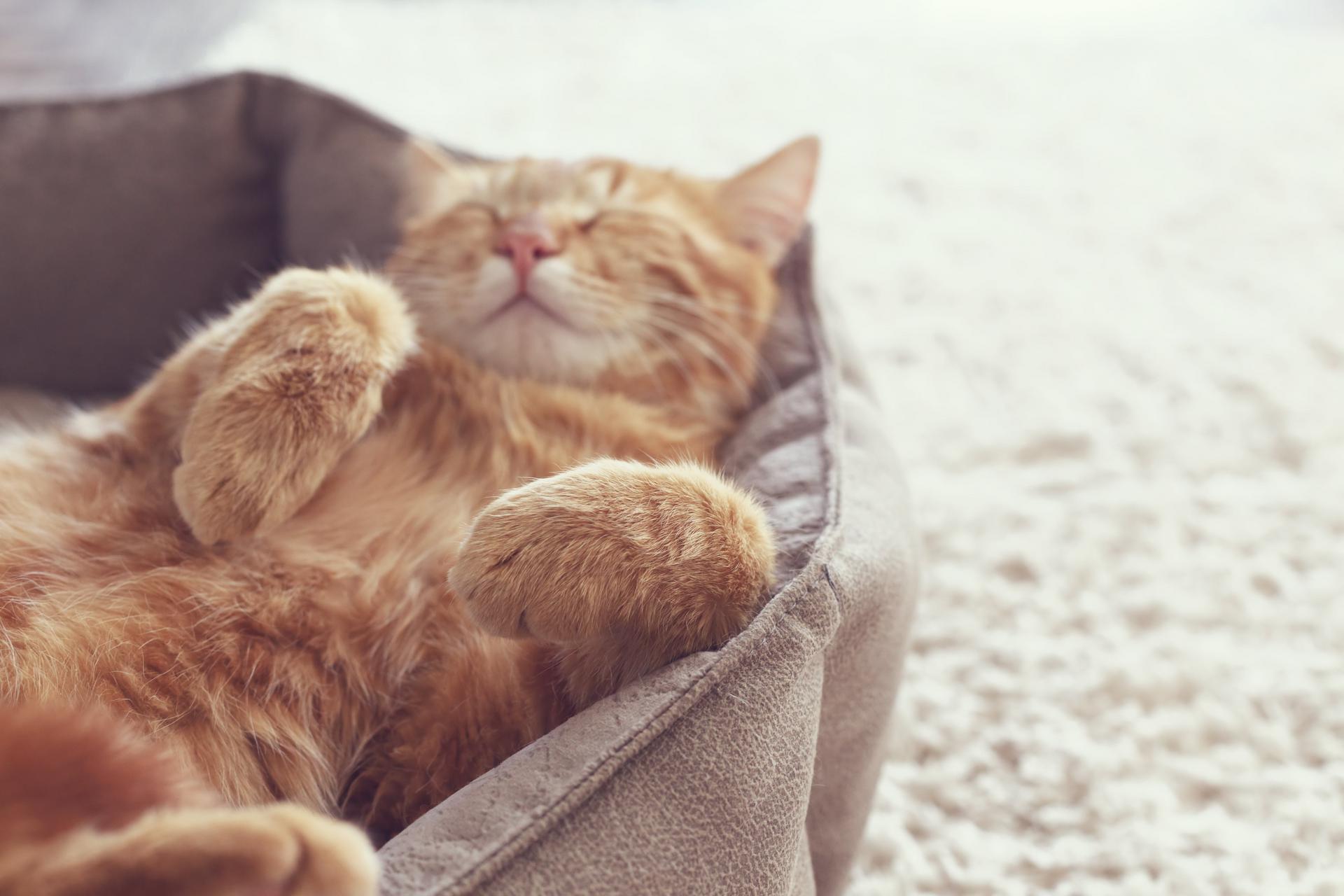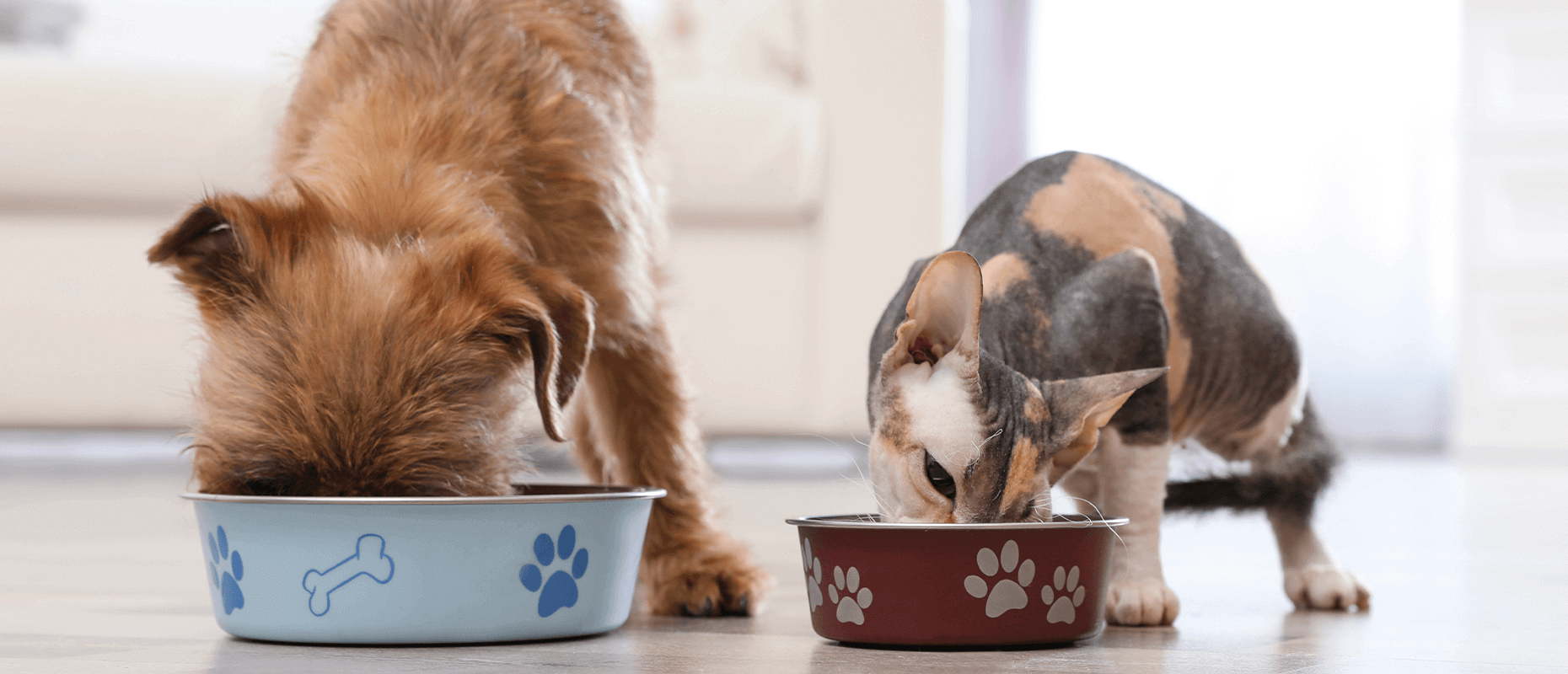How should dogs be toilet trained? / How to train dogs for toilets?

Each new member who joins your home brings with them new responsibilities. When you adopt a dog, one of the most important of these responsibilities is to provide toilet training. Whether it's a puppy or an adult dog, it's an important responsibility to provide toilet training to your new dog and your dog's home training requires patience, commitment and a lot of consistency. Accidents are part of the process however if you give this basic training steadily, you can get the newest member of your family on the right track in a few weeks.
If you have adopted a puppy, basic training may be easier than you think. Contrary to popular belief, if you have an adult or old dog that is already toilet trained, you need to provide training for its as well. Although these older dogs have been trained in the past, it may be necessary to refresh their memories and give a new education in their new home. A reward-based system will speed up the process and allow your dog to adapt to you and your new home much more easily in a short time.
Although toilet training can be daunting for many at first, you can overcome toilet training with consistent, step by step training. We have compiled the basic rules that will help you evaluate this process in the most efficient way and will be your guide throughout the process.
Create a routine
Just like babies, puppies do best on a regular schedule. The schedule teaches them that there are times to eat, time to play, and time to do their work. Dogs who learn their routine thus get used to their new home and toilet time more easily.
● The bladder of dogs is directly proportional to their age. So if your dog is 2 months old, you can take its to the toilet every 2 hours. This period will increase as your dog gets older.
● Choose a place outside and always take your dog on a leash to that spot. Identify a word and always say it when taking your dog outside. After you get used to this system, you can start walking your dog around.
● Reward your dog immediately after you have done its toilet. This step is very important, because rewarding your dog for going out is the only way to teach it what to expect.
● Put your dog on a regular feeding schedule. Feeding your dog at the same time every day will also help keep toilet hours organized.
● Especially if you have a puppy, take the water container about two and a half hours before bedtime. Most puppies can sleep for 7 hours without the need for toilets. If your dog wakes you up at night, don't make it too big, otherwise they will think it is time to play and they will not want to sleep again. Turn on as little light as possible, don't talk or play with your dog, take her outside and then put her back in it bed.
Supervise your dog
Keeping track of your dog's movements inside is one of the main precautions to be taken against going to the toilet inside the house.
● Watch for signs that your dog needs to go outside. Some signs at the door, such as barking or scratching, crouching, restless, sniffing or circling, indicate that the dog wants to go outside. When you see these signs, take the leash and go outside.
● After training your dog in your own garden or on your doorstep, be mindful that you expand the boundaries.
Keep in mind that mistakes can happen
It is extremely likely that your dog will experience several accidents in the house while in training. Here's what you need to do when that happens:
● If you catch your dog going to the toilet at home, stop it immediately.
● Shout out in an excited voice or instruct "out" without frightening your friend.
● If you find a dirty area in the house, clean it up assuming it's too late to fix it. Don’t yell or punish your dog in such a situation. Especially this situation causes puppies to be afraid of you.
● At the beginning of toilet training, you can use Sholk Hygienic Toilet Training Pad, which is tongue, paw and respiratory friendly, so you can prevent both bad odor and liquids from passing to the surface.
Make plans for when you are away
If you have to be away from home for more than four or five hours a day, this may not be the best time to get a puppy. Instead, you might consider an older dog that can wait for your return. If you already have a puppy and need to be away for a long time, you should:
● Have someone, such as a responsible neighbor or a professional pet sitter, take your friend on toilet breaks.
● Alternatively, train them to defecate in a specific place in the house. But keep in mind that doing so may prolong the in home training process. Teaching your puppy to toilet on newspaper can create a surface preference for life. So even when they're adults, they can toilet on any newspaper around the living room.
● Clearly identify the area inside the house where it needs to toilet. If your dog makes its toilet outside of the designated area, leave the towels you cleaned there inside the area so that your dog adopts the right place.
If you have adopted a puppy, basic training may be easier than you think. Contrary to popular belief, if you have an adult or old dog that is already toilet trained, you need to provide training for its as well. Although these older dogs have been trained in the past, it may be necessary to refresh their memories and give a new education in their new home. A reward-based system will speed up the process and allow your dog to adapt to you and your new home much more easily in a short time.
Although toilet training can be daunting for many at first, you can overcome toilet training with consistent, step by step training. We have compiled the basic rules that will help you evaluate this process in the most efficient way and will be your guide throughout the process.
Create a routine
Just like babies, puppies do best on a regular schedule. The schedule teaches them that there are times to eat, time to play, and time to do their work. Dogs who learn their routine thus get used to their new home and toilet time more easily.
● The bladder of dogs is directly proportional to their age. So if your dog is 2 months old, you can take its to the toilet every 2 hours. This period will increase as your dog gets older.
● Choose a place outside and always take your dog on a leash to that spot. Identify a word and always say it when taking your dog outside. After you get used to this system, you can start walking your dog around.
● Reward your dog immediately after you have done its toilet. This step is very important, because rewarding your dog for going out is the only way to teach it what to expect.
● Put your dog on a regular feeding schedule. Feeding your dog at the same time every day will also help keep toilet hours organized.
● Especially if you have a puppy, take the water container about two and a half hours before bedtime. Most puppies can sleep for 7 hours without the need for toilets. If your dog wakes you up at night, don't make it too big, otherwise they will think it is time to play and they will not want to sleep again. Turn on as little light as possible, don't talk or play with your dog, take her outside and then put her back in it bed.
Supervise your dog
Keeping track of your dog's movements inside is one of the main precautions to be taken against going to the toilet inside the house.
● Watch for signs that your dog needs to go outside. Some signs at the door, such as barking or scratching, crouching, restless, sniffing or circling, indicate that the dog wants to go outside. When you see these signs, take the leash and go outside.
● After training your dog in your own garden or on your doorstep, be mindful that you expand the boundaries.
Keep in mind that mistakes can happen
It is extremely likely that your dog will experience several accidents in the house while in training. Here's what you need to do when that happens:
● If you catch your dog going to the toilet at home, stop it immediately.
● Shout out in an excited voice or instruct "out" without frightening your friend.
● If you find a dirty area in the house, clean it up assuming it's too late to fix it. Don’t yell or punish your dog in such a situation. Especially this situation causes puppies to be afraid of you.
● At the beginning of toilet training, you can use Sholk Hygienic Toilet Training Pad, which is tongue, paw and respiratory friendly, so you can prevent both bad odor and liquids from passing to the surface.
Make plans for when you are away
If you have to be away from home for more than four or five hours a day, this may not be the best time to get a puppy. Instead, you might consider an older dog that can wait for your return. If you already have a puppy and need to be away for a long time, you should:
● Have someone, such as a responsible neighbor or a professional pet sitter, take your friend on toilet breaks.
● Alternatively, train them to defecate in a specific place in the house. But keep in mind that doing so may prolong the in home training process. Teaching your puppy to toilet on newspaper can create a surface preference for life. So even when they're adults, they can toilet on any newspaper around the living room.
● Clearly identify the area inside the house where it needs to toilet. If your dog makes its toilet outside of the designated area, leave the towels you cleaned there inside the area so that your dog adopts the right place.


